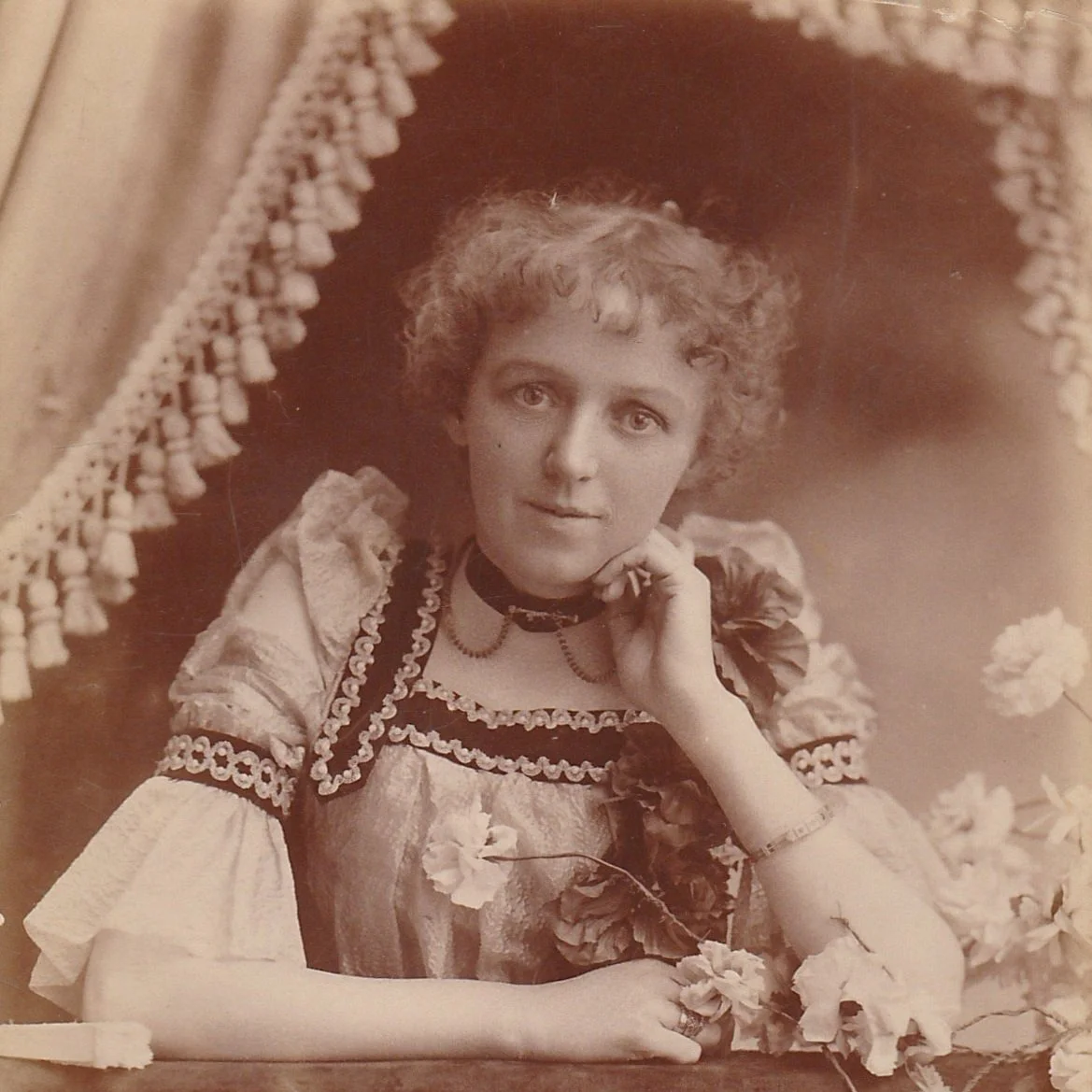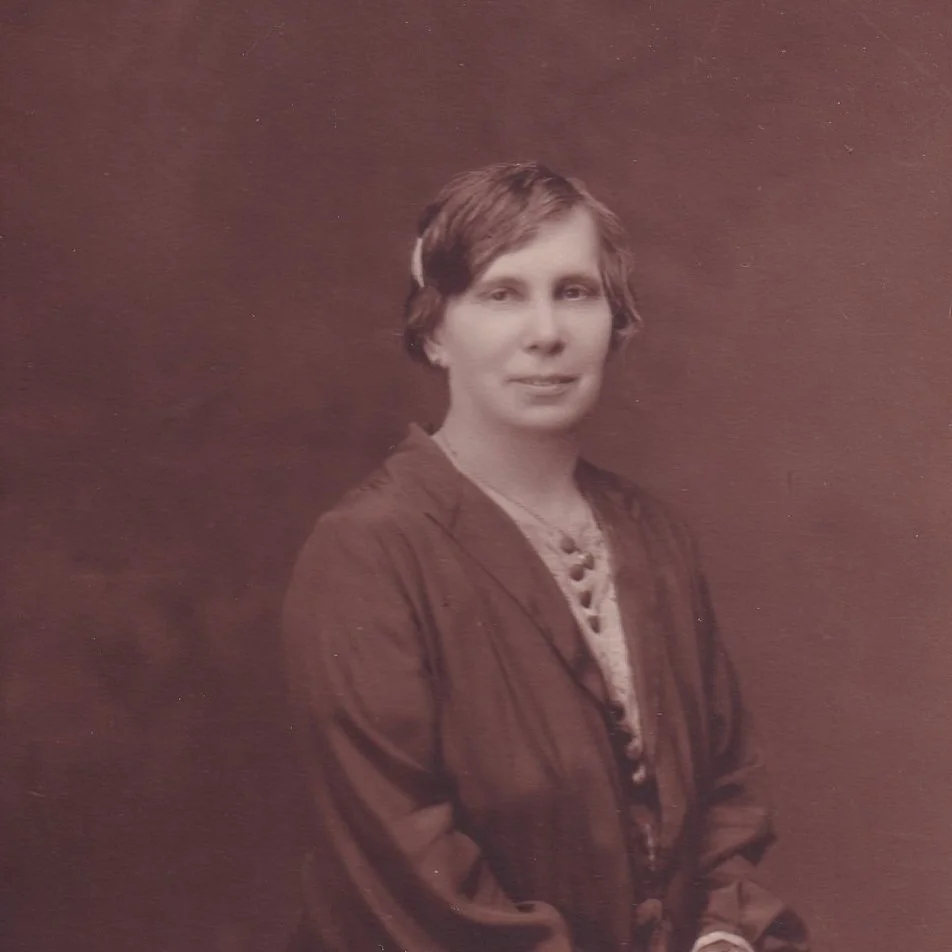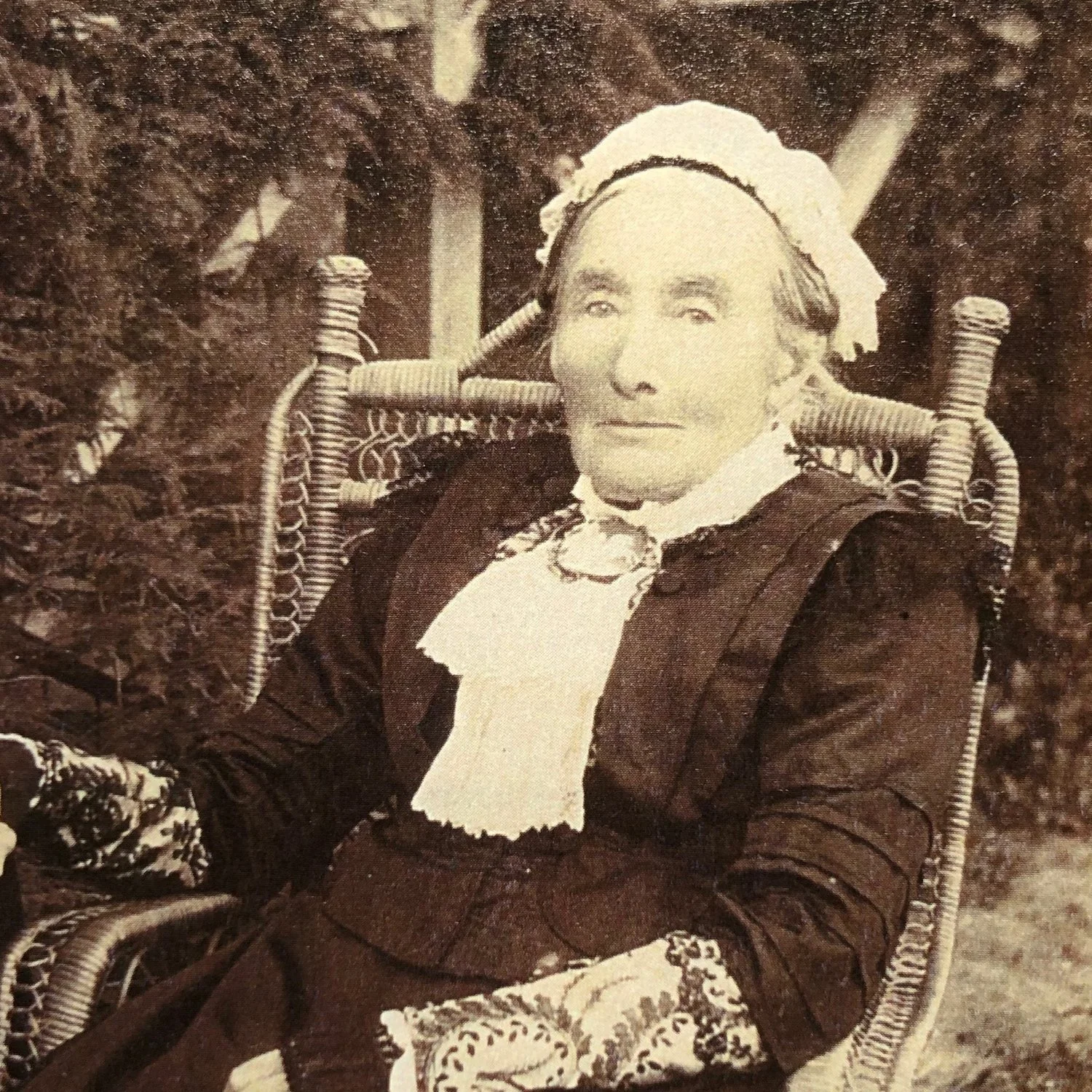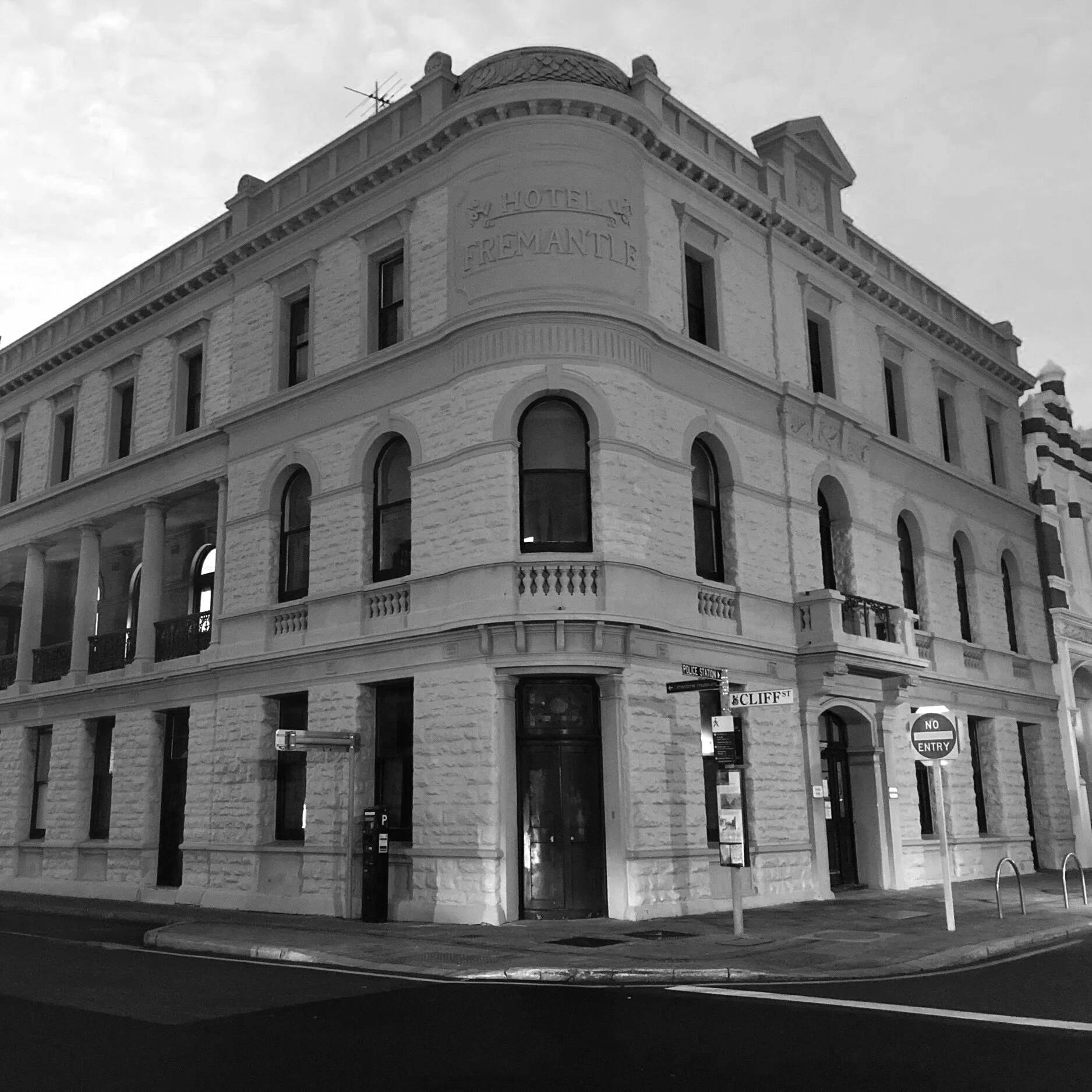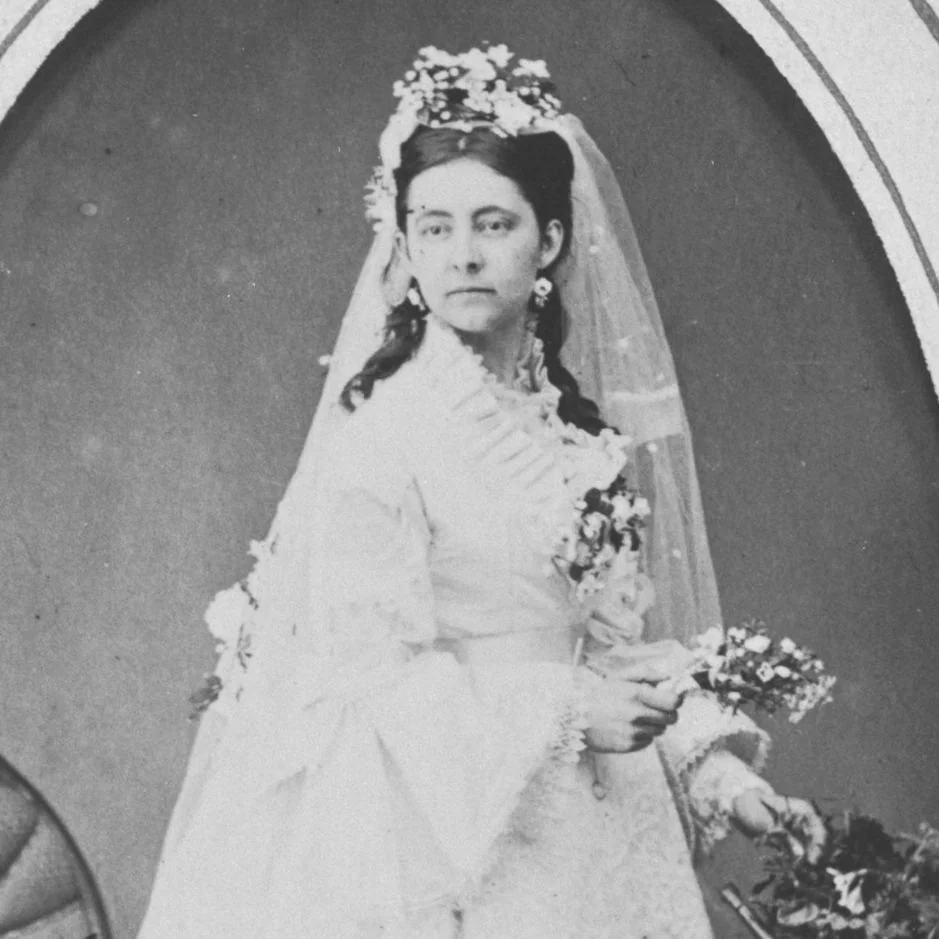WEST END WOMEN
A walking tour of Fremantle’s historic West End

1 Marion Bell (1891 - 1982)
6 Elder Place
In 1925/6 Mabel Marion Bell was the first woman, and third person, to drive around Australia. She was also the first woman to obtain a taxi license in Perth and in the 1920s with her husband Thomas Henry Bell, ran the De Luxe Sedan Taxis Garage, at 6 Elder Place, Fremantle. The family moved to Western Australia in June 1924. The Bells started a charabanc business offering trips from Fremantle to Perth and Marion drove the charabanc/ bus on many occasions. In 1925, Mabel, as ‘Marion Bell’, announced she was going to complete a motor tour of Australia with her 11 year old daughter Marion, in an Oldsmobile Six. On 14 October 1925 Marion and her daughter began their tour from the Fremantle Town Hall. All the way along the journey local newspapers relayed the conditions and her progress. Some celebrated her trip, and her sense of style, and still do, as a feminist triumph, calling her ‘The Wonder Woman’- others called it an advertising stunt.
Bell arrived back in Perth on 7 April 1926, accompanied by a cavalcade of vehicles.
2 Agnes Lee (1875-1907)
Victoria Coffee Palace / 11 Pakenham St
Packenham St was a notorious street in the early days- it contained Chinese opium dens above laundries, drunken sailors, prostitutes standing outside the Terminus Hotel, a Japanese brothel and street children. In 1906 Bubonic Plague struck Fremantle and Ernest Ferguson, living in the Victoria Coffee Palace, was one of the first to contract the disease, spread by rats. In the same year the 3 year old daughter of Proprietor of the Victoria Coffee Palace, William Wallace ‘Bill’ Cameron (1905-1914) fell of the balcony and broke her arm. A year later the sister of his wife Eliza, Agnes Lee (31) who stayed with them and worked as a waitress at the Coffee Palace got into serious trouble. After falling pregnant and being abandoned by her boyfriend, Agnes procured an abortion in Perth. From Federation in 1901, pregnancy terminations were illegal in every Australian state- under any circumstances. However illicit practices were common and abortions were performed despite the real risk of death - and the women, and men performing it, faced imprisonment if caught.
The decision proved fatal for Agnes – she called her brother-in-law Bill and begged him not to tell anyone but to bring a doctor. At first the Doctor refused to visit her but at Cameron’s insistence finally did- and ordered her removal to Fremantle Hospital where she died the next day, to the consternation of the police who had not been able to question her. Public opinion was often on the girl’s side however- and calls soon suggested the need for a Foundling Hospital in Perth. Bill Cameron went on to be a well-known boxing promoter in Fremantle.
3 Miss Hilda Richardson (1890 - 1972)
Bank of Adelaide / 60-64 High St, corner of Packenham St
This site was originally that of the Stirling Arms, one of the first four pubs in Fremantle.
Hilda Richardson was a florist in Fremantle for more than 33 years. Hilda came to Fremantle with her family in 1901. She started a florist shop with her sister in 1918 but after Alice married in 1921, Hilda carried on alone and from 1926 until 1932 ran Miss Richardson Florist at the Bank of Adelaide building, 60-64 High St.
“When you're feeling blue and your eyes cannot penetrate the gloom, when all in life seems dull and vapid, take the hint from me and go and see Miss Richardson, the High-street florist. She is simply cheerfulness personified. Her speech, manner, personality, all are in the superlative degree. And she radiates and creates an atmosphere of peace and contentment.”
From 1933 until 1953, she moved her business up the road 94 High St.
In 1934 Hilda married at the age of 44 years old to William Joshua Beisley, aged 50. William Beisley was well-known as a tobacconist, nurseryman, seedsman & florist. He had had a few shops in the West End- finally at the Highams Buildings (101-107 High St) in a shop known as ‘Beisley’s corner’ (1913-1945).
4 Josefina Andinach (1880 - 1972)
Buffalo Club / 54 High St
JOSEFINA ANDINACH (1880-1972) Spanish Catalan immigrants Josefina ‘Josefa’ and husband Francisco ‘Francis’ Andinach, opened the Madrid Café/ Madrid Coffee Palace, in Dec 1899. In 1918 Francis died in suspicious circumstances at the Claremont Hospital for the Insane (resulting in a Royal Commission) and Josefa was left widowed with seven children. She continued to manage the Madrid Cafe for another 20 years. There were many dramas at the hotel over the years and according to her grandson Josefa had a six chambered revolver from her days at the Madrid – to quell disturbances:
For instance in Sept 1932 Josefa gave evidence at court on the death of Charles Harris (60) a lumper, who had lived at the Madrid Coffee palace for 10 years.
In 1938 Josefa sold the Madrid Café to the Buffalo Club, who renovated and moved into the premises in April 1939.
When Josefa died on the 1st day of September 1972, aged 92, she had lived in Fremantle for 72 years.
5 Margaret Bale / Martin Able (1881 - 1952)
33 High St (between the Orient and P&0 Hotels)
In December 1909, having only been in the colony for 3 years, English born 28-yr old, Margaret Bale purchased a suit of male clothing and a pair of boots. After having her hair cut in Cottesloe, she buried her female clothing in the sandhills and dressed in the boys clothing. For the next seven months she lived and worked as a man in Fremantle (and then Perth), under the name ‘Martin Able’. As well as working at the Oddfellows Hotel, Joyce Bag Co, and the Fremantle Club as a steward, Martin started his own business- an ‘art studio’, renting a shop at 33 High St, between the Orient and P&0 Hotels. She had her hair cut and bought her cigarettes from Nathan & Saunders Tobacco shop (at the Highams building 101-107 High St) and her adventures only ended when the police put her photo – as a woman- into the paper- and she was recognised by one of the shop women there. After resuming wearing women’s clothing again and receiving international media attention- she returned to England. However she returned to Fremantle a year later to recount her adventures for the Golden Gate, a Fremantle newspaper based at 9 Packenham St- and ended up marrying the proprietor Emerson Borkwood.
6 Julia Augusta Francisco (1826 - 1921)
Western Australian Bank / 18 Mouat & 22 High St
Julia Augusta Francisco travelled to Fremantle at the age of 27 to care for five children from her husband Alexander Francisco’s previous marriage, and four of her own children. She participated in all the activities expected of her as the wife of the Postmaster of Fremantle. She lived at the family home (and Post Office) on the corner Mouat and High Sts for 35 years and although widowed at 52, this grand Fremantle Matriarch lived until she was 95. She welcomed Ernest Giles and his party to Fremantle in 1875, and her sons and daughters all made large contributions to the Fremantle community. Her grandson Walter Hartwell James (1863-1943) became the fifth Premier of Western Australia and supported Women’s suffrage.
7 Elizabeth C Griffin (1864 - 1927)
Hotel Fremantle on the corner of High and Cliff Sts
Notre Dame University ND 42- Arts, Sciences and Business
Elizabeth Griffin, daughter of a Geraldton Postmaster, was widowed young, and as a single mother, worked hard as the Proprietress of two of Fremantle’s most luxurious and landmark Hotels. She met Father James Duff, a young Catholic priest and heard of his plans to build the finest hotel in Fremantle; with 100 rooms, on the corner of Beach St and Edward St, Fremantle. Where Duff got his gold from was always a mystery but he already owned two hotels at Gingin and Kalgoorlie.
In October 1898 Mrs Elizabeth Griffin entered an agreement with Father Duff-that she would lease the Hotel Australia, from him, for a period of seven years…Father Duff died on 1 Jan 1906 after a big scandal and in 1906 Elizabeth took over the license for the Hotel Fremantle on the corner of High and Cliff Sts. She cleverly advertised in the Geraldton papers and soon had a steady stream of loyal clientele from the Murchison. Her daughter Mary Kathleen died 6 October 1912 aged 23 died suddenly from a heart attack. Elizabeth stayed on as the publican of the Hotel Fremantle until 1920. She had been a hotel Publican in Fremantle, for over 20 years.
8 EMILY ARMIT MANNING (1853 - 1929)
Formerly Seaman's Rest / 28 Marine Terrace
Notre Dame University ND12
Emily Manning was not only the daughter of a famous Fremantle pioneer but an independent woman who had an adventurous life. In 1876 aged 22, Emily married 41 year old Roderick Louden McKay who took her back to his large sheep station, 100 kilometres south of Port Hedland. Her first daughter Jessie was born there. She survived her first husband dying at sea during a hurricane- and then her father James Manning declaring she was ‘mad’ so that he could control her finances- before finding happiness with her second husband the Reverend Robert Hanlin. With his support she was able to be involved in significant good work; being a founding member of Women's Christian Temperance Union(1892) and the Women’s Franchise League (WA)- working for female suffrage.It was finally proclaimed on 18 May 1900 that ‘every person’ 21 and year and over (including women- but not Aboriginal people), who had resided in the colony and in the electorate for 6 months the same voting rights as men.
The Woman's Christian Temperance Union, founded in 1892 was primarily dedicated to promoting abstinence from alcohol and other harmful drugs. Under its broader agenda of 'home protection' and the promotion of a healthy lifestyle, it was involved in wide range of social and political reform activities mostly relating to the welfare of women and children. Early activities revolved around prison work, and work amongst sailors. It was thought very important to give visiting seamen a ‘retreat’ or an alternative place to recreate than pubs. The funds were soon raised by public subscription and the first Seaman’s Rest (Port Lodge) building was constructed by architect W. A. Nelson. The foundation stone was laid by Sir John Forrest on 9 October 1899. On the ground floor there was a concert hall, reading and writing rooms, a refreshment bar, dining room and kitchen. The upper storey was mainly bedrooms. The Women's Christian Temperance Union ran the establishment until the depression when they relinquished their control to the British Sailor's society.










